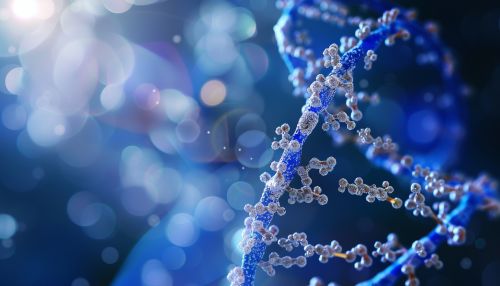NADPH
Overview
NADPH, or Nicotinamide adenine dinucleotide phosphate, is a crucial coenzyme found in all living cells. It plays a vital role in many biological processes, including lipid and nucleic acid synthesis, and the detoxification of reactive oxygen species. NADPH is the reduced form of NADP+, and its main function is to provide reducing equivalents for biosynthetic reactions and the regeneration of glutathione.


Structure and Function
NADPH is a dinucleotide, composed of two nucleotides joined through their phosphate groups. One nucleotide contains an adenine base and the other nicotinamide. NADPH carries electrons for redox reactions, acting as a reducing agent. These reactions are crucial for the synthesis of macromolecules and the detoxification of reactive oxygen species.
Biosynthesis
NADPH is primarily produced by the pentose phosphate pathway (PPP), which is a metabolic pathway parallel to glycolysis. The PPP generates NADPH and pentoses, which are sugars composed of five carbon atoms. The NADPH produced by the PPP is used in anabolic reactions, such as fatty acid synthesis, cholesterol synthesis, drug reduction, and the synthesis of deoxyribonucleotides.
Role in Cellular Processes
NADPH plays a significant role in various cellular processes. It is a critical component in the process of photosynthesis in plants, where it serves as a reducing agent to help convert carbon dioxide into glucose. In animals, NADPH is essential for the synthesis of fatty acids and cholesterol, and it is also involved in the generation of reactive oxygen species by the NADPH oxidase complex, which plays a crucial role in the immune response.
Clinical Significance
Alterations in NADPH production and utilization can lead to various diseases. For instance, a deficiency in glucose-6-phosphate dehydrogenase, the first enzyme of the pentose phosphate pathway, can lead to glucose-6-phosphate dehydrogenase deficiency, a genetic disorder that can cause hemolytic anemia. Moreover, overproduction of NADPH can lead to conditions such as cancer and metabolic syndrome, as it provides the reducing power needed for the biosynthesis of macromolecules and the detoxification of reactive oxygen species.
